One of the most adaptable trees is the fig tree. It is wise that you take care of the fig tree to ensure it lives as long as possible. But, have you ever found yourself curious about what it's like if your fig tree is dead? We've researched this topic to bring you the answer.
If the region beneath the bark is brown and brittle, your fig tree is probably dead. Other indications also include rotting stems, dried leaves, and bacterial infections.
Fig trees are also ideal for growing in pots, freestanding in a garden, or espaliered against a wall. We will also discuss the causes of your dying fig tree and how you can save it. Keep reading to know all of these.
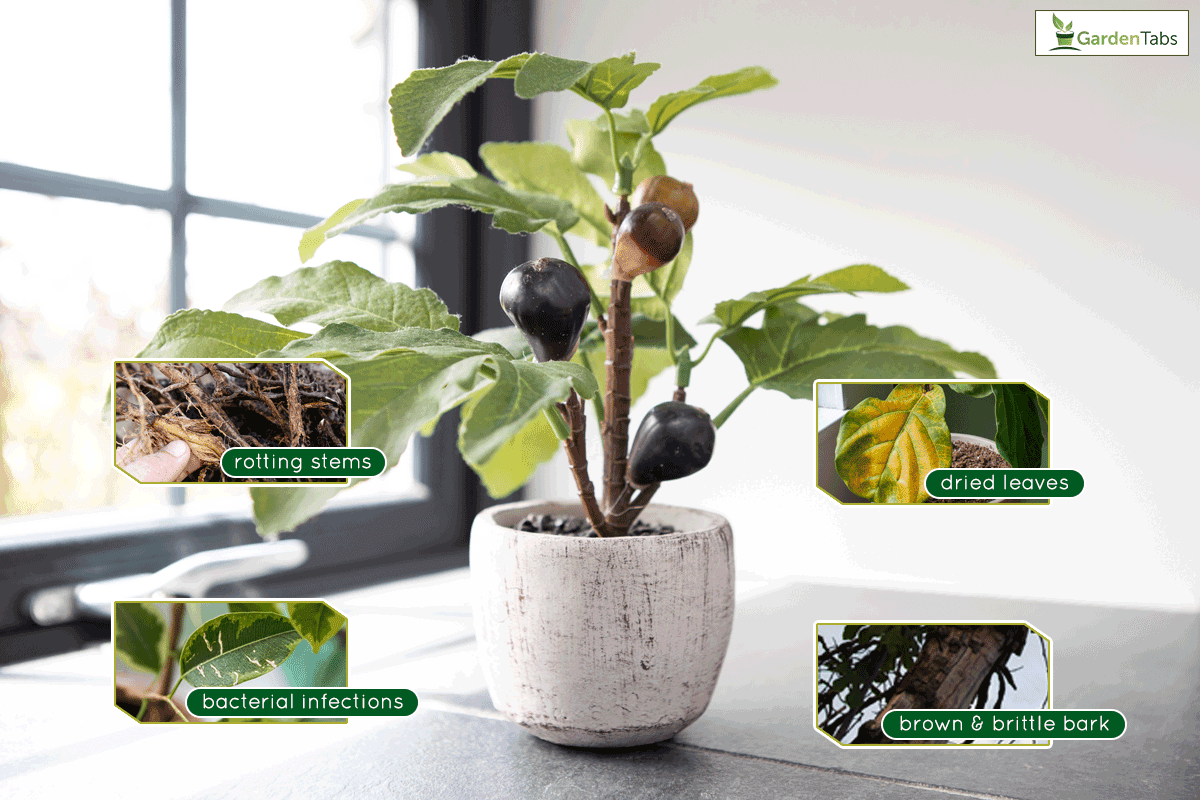
Signs Of A Dead Fig Tree

You can apply a straightforward approach to determine if your fig tree is dead. Below are the indications of a dead fig tree:
1. Brown and Brittle Bark
By observing the color, you may quickly determine whether your fig tree is dead or alive. To find life, you should search the tissue behind the bark. Use your nail to scrape the tree's highest bark.
The tree is dead if its bark is dry, brittle, and brown. The stem is probably very dead if it is mushy. On the other hand, if it is green, it is still alive and most likely attempting to produce new leaves.
You may also use a sharp knife depending on the size and shape of the fig tree.
2. Rotting
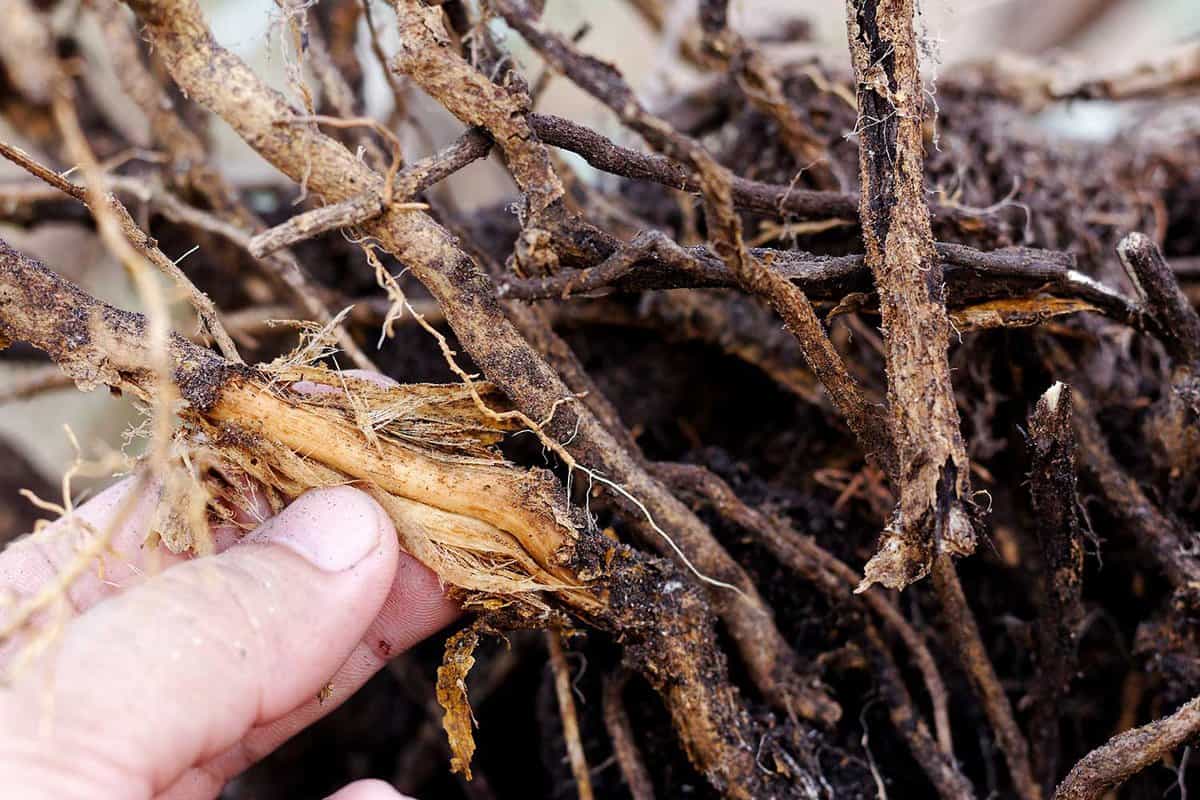
A further indicator to search for is rotting or decomposition. When you remove a tree's outer bark layer, wood boring insects are typically simple to discover.
Make sure to dispose of the plant away from other plants because it may spread to other houseplants. Before utilizing the pot for another plant, give it a thorough cleaning.
It could be simpler to purchase a new plant if most leaves have rotted away.
3. Extreme Dryness
If your leaves have dried out from extreme dehydration, this is an indication that your fig tree is dead.
4. Bacterial Infection
It is challenging to treat bacterial infections once they have affected most leaves. Bacterial infections can spread and kill your fig leaves.
What Kills A Fig Tree?
A fig tree can easily die if you don't properly take care of it. Below are the common causes of your dying fig tree:
1. Overwatering
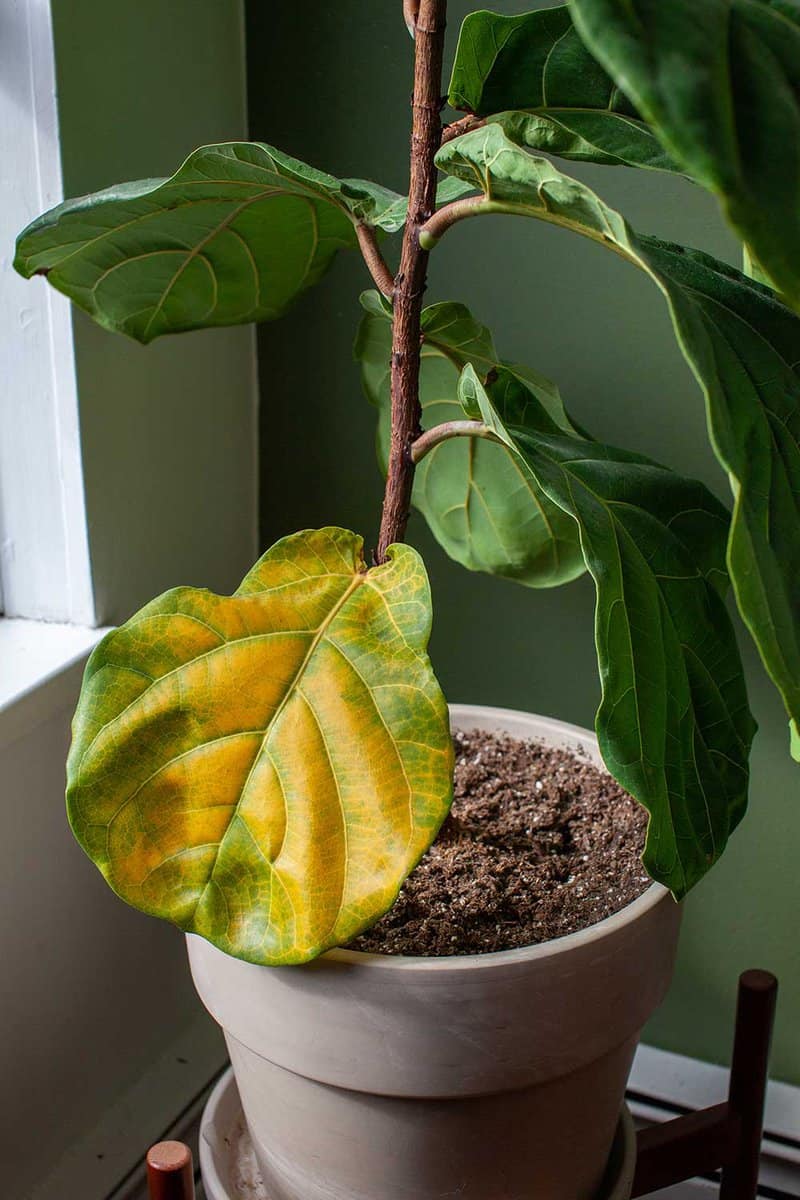
Excessive watering can cause root rot and green leaves to fall off.
2. Absence of water
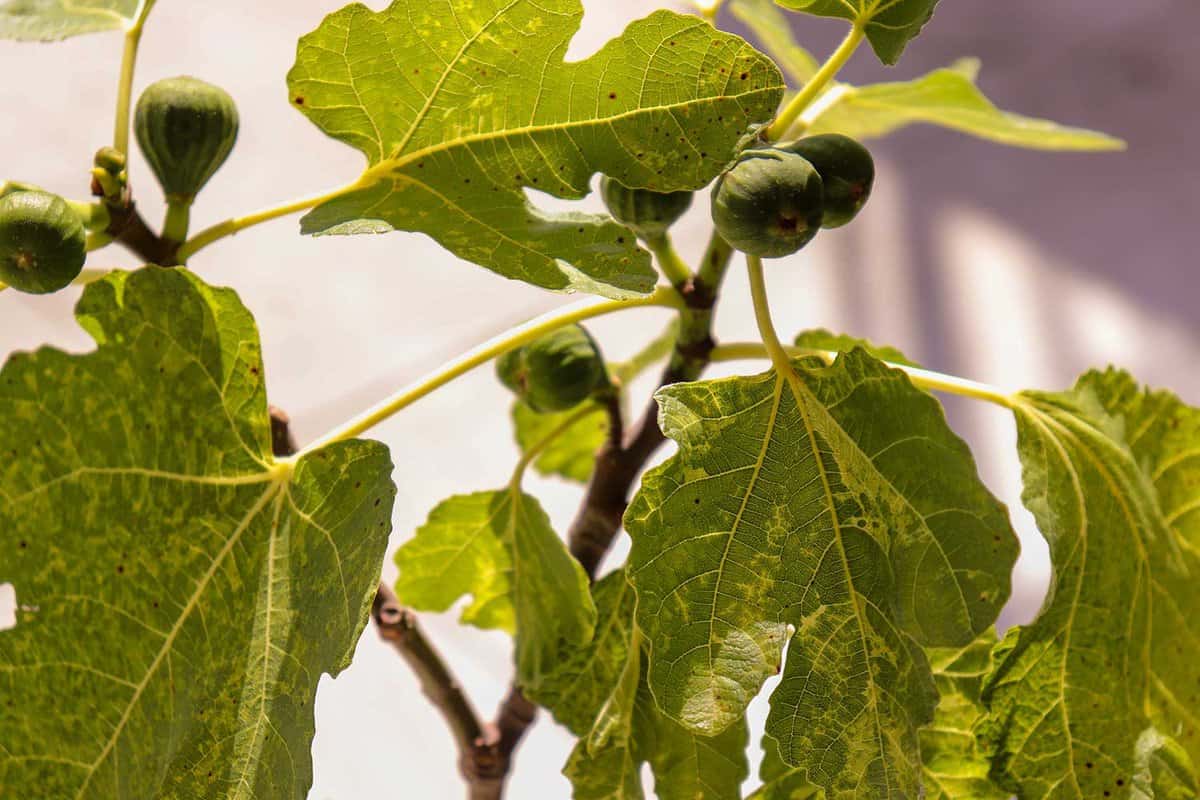
Lack of water produces drought stress, which can cause leaves to turn brown and fall off.
3. Inadequate Nutrients
The health of fig trees can deteriorate due to nutrient deficiency, resulting in problems including yellowing, browning, and leaf drop.
Compost has been discovered to supply more than enough nutrients for the tree and its beneficial soil life.
If you opt to use a commercial fertilizer, look for one with a balanced NPK ratio, such as 10 nitrogen -10 phosphorus - 10 potassium.
The pH of the soil is also crucial. As a result, try to keep the pH of the soil around your fig tree between 5.5 and 6.5.
Click here to see this Miracle-Gro plant food on Amazon.
4. Weather Conditions
The health of fig trees is prone to deteriorate if they are exposed to unfavorable weather conditions or endure excessive heat, cold, or humidity.
5. Transplant shock
A plant experiences transplant shock when stressed out by being relocated to an unfamiliar habitat. The plant becomes more stressed the more intense the relocation.
6. Diseases and Pests
The tree is susceptible to diseases brought on by viruses or pests, just like every other living thing in the world. A sick fig tree typically shows symptoms of stress, such as disease or pest infestation.
Here is further information on the diseases and pests that fig trees are more likely to contract:
Fig Rust

This springtime fungus attacks fig trees, turning their leaves brown and yellow.
Tiny yellow patches on the underside of leaves are the earliest indications of fig rust. Fig leaves will turn yellow and fall to the ground as the fig rust spreads.
Watering only the ground beneath your figs is the most straightforward technique to prevent fig rust. Carefully pruning fig trees can also aid in the evaporation of extra water from the figs' leaves by increasing air circulation through the branches. Sprays like neem oil are also treatments for fig rust.
Click here to see this pure neem oil on Amazon.
Blight
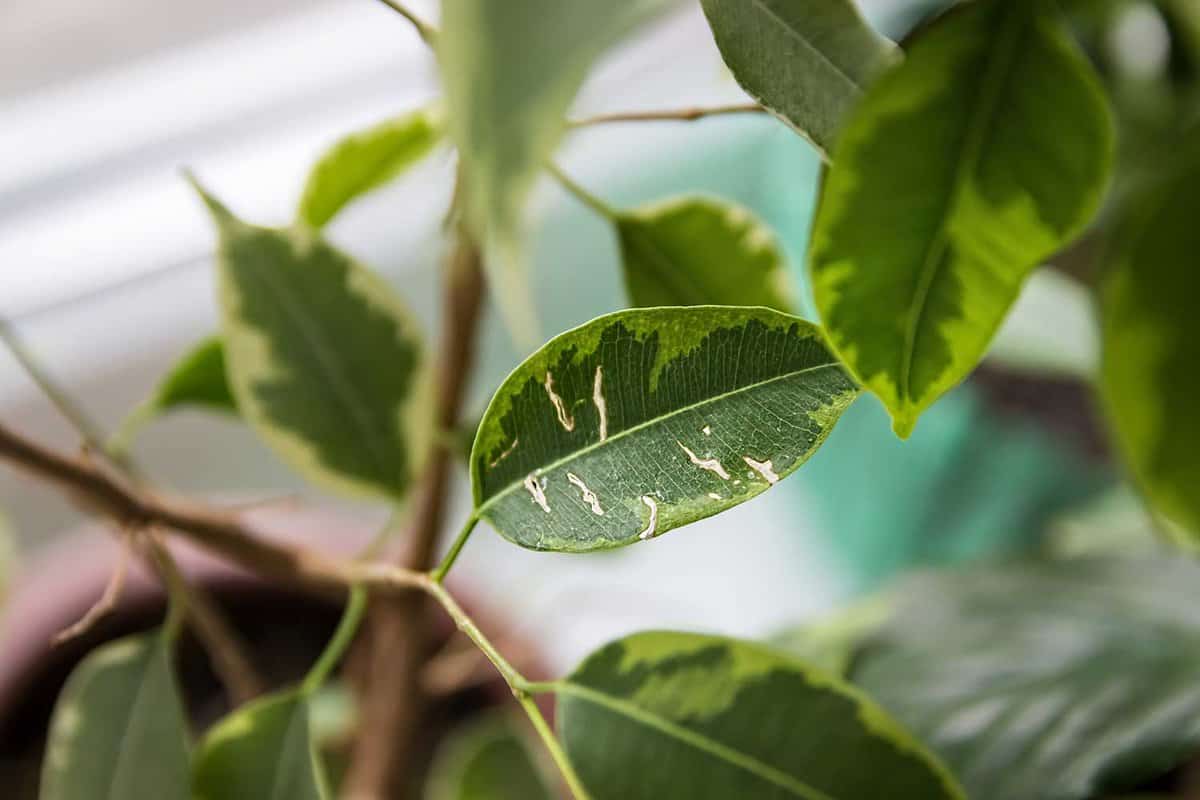
The fungus Helminthosporium Turcicum is the culprit behind the leaf blight disease. Leaf blight thrives in moist, rainy environments and is spread by wind and water.
Leaf blight is a springtime fungus that results in patches or even holes in the leaves of fig trees. The illness worsens, causing the leaves to become brown, curl, and drop off.
Extremely contagious Pruning, picking up sick and fallen leaves, and sprays are all examples of treatments.
Nematodes
One of the most prevalent pests that figs might encounter is nematodes. These pests can harm the roots of the fig tree and, given enough time, can kill the tree. Damaged root tips, wilting despite adequate soil moisture, and yellowing of the leaves are typical root symptoms of nematode assault.
How Do You Revive A Fig Tree?
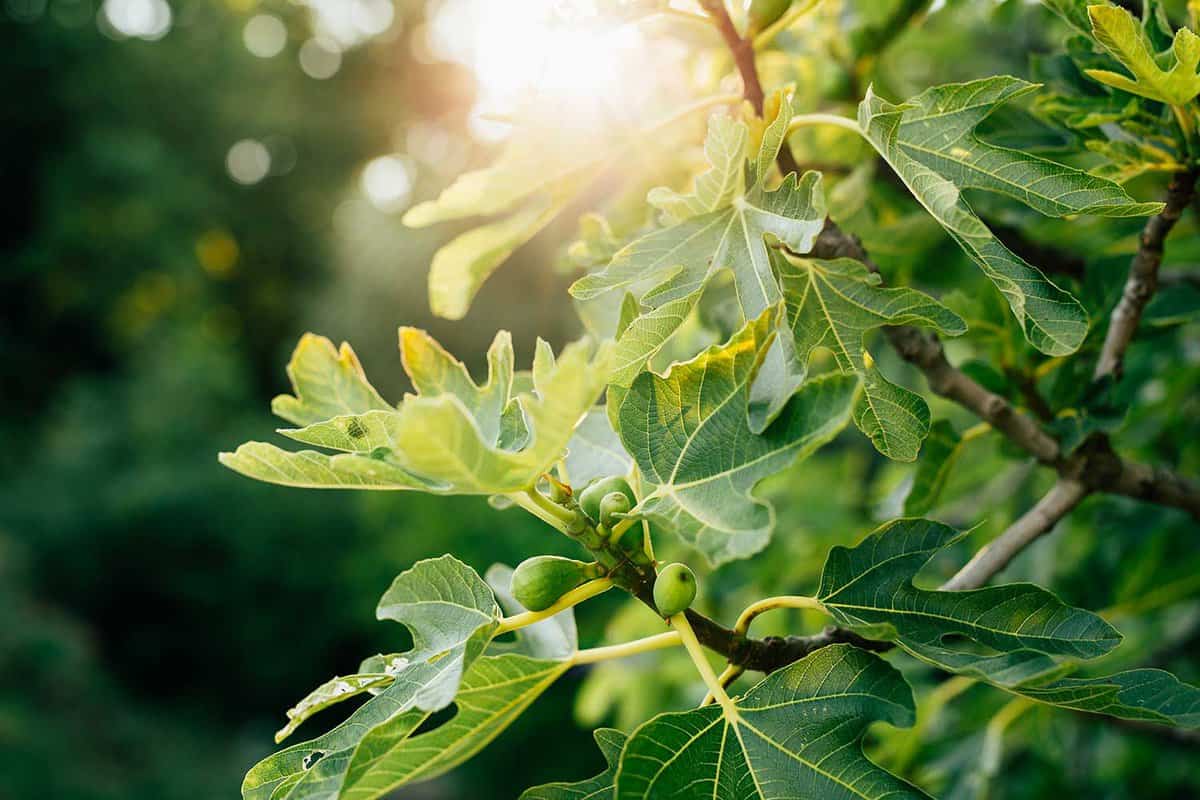
If you first identify the correct problem and then use a prompt solution, you can revive dying fig trees. The analysis might save you time and effort because you can effectively fix the issue. Check the fig tree for any indicators as soon as possible.
Yellowing leaves and slowed growth may suggest that it needs more food. It's essential to ensure the tree can get all its nutrients. By providing vital nutrients, fertilizers are compounds applied to trees to boost productivity.
One of the main contributors to plant disease concerning plants is water intake. Brown spots may signal that it needs more water. You can control the frequency, timing, and volume of water to ensure your tree receives the right amount of moisture.
Digging up the fig tree and moving it to well-drained soil in a pot with holes is the best option if the soil is too wet and there is no drain. Moving the tree from one location to another to benefit from superior soil qualities and sunlight exposure is known as transplantation.
Remove the dead wood from the tree. Also, use a suitable insecticide or pesticide solution for holes and bugs.
In conclusion, letting your fig tree heal slowly on its own is the greatest thing you can do to ensure its survival. Give it filtered sunlight and warm environments. Attending to their needs will help them survive.
Keep putting the therapies you think will work best to solve the problem to the test. You can also go to a certified arborist for advice on how to best take care of your fig tree.
Click here to see this Garden Safe insecticide on Amazon.
How Often To Water My Fig Tree?
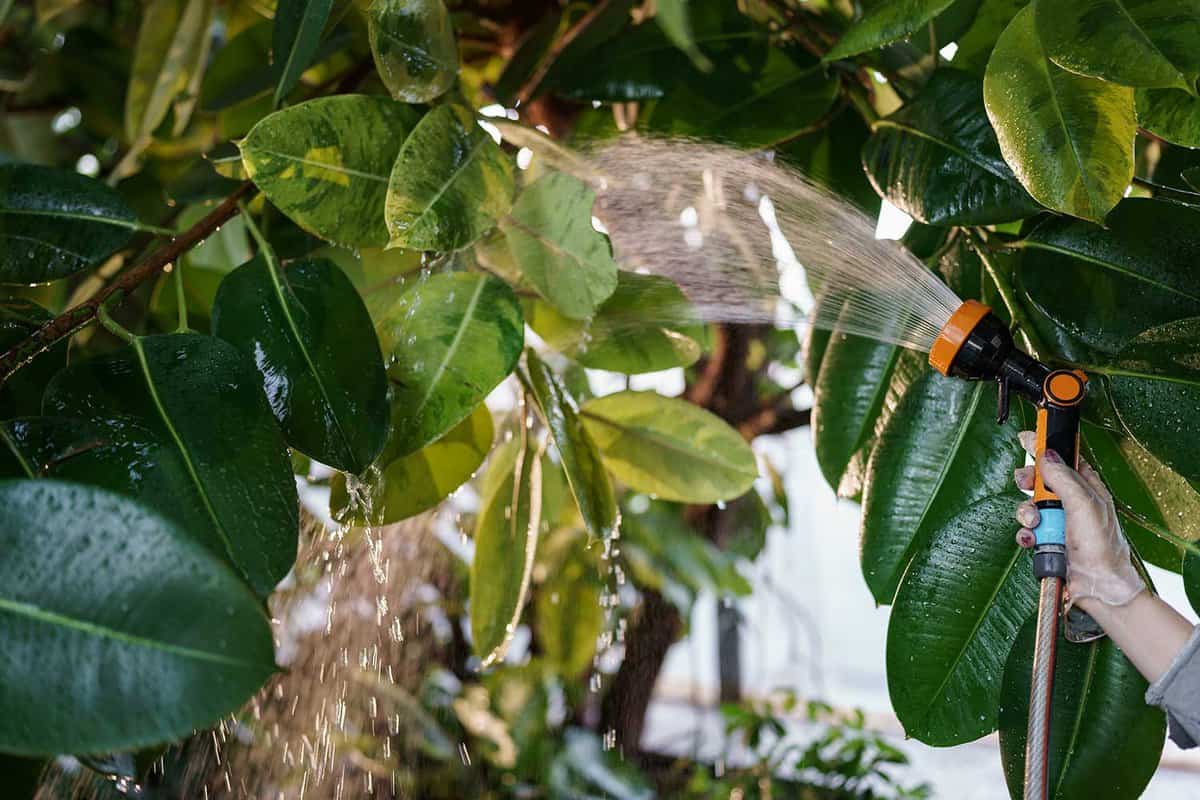
Like other trees growing in containers, fig trees typically require watering. Please don't wait until fig trees show symptoms before watering them. Although a mature fig tree can endure droughts, it still benefits from regular watering, especially during prolonged drought seasons.
The darkening of the tree's foliage and leaf loss will indicate whether the tree needs watering. Keep the ground damp but not drenched.
A basic guideline is 1 to 1 1/2 inches of water per week from irrigation or rainfall. To reach deep roots, water gently and deeply.
In Closing
Additional advice for maintaining fig trees is not to fertilize fig trees in the winter. Since fig trees are dormant in the winter, they don't require excessive soil nutrients.
You may also use companion plants to increase pollination, decrease pests, and create a more productive garden overall. Any two or more plants that are beneficial to each other are considered companion plants.
The tree may be under stress due to excessive heat, cold, or humidity, which can eventually destroy it. Generally speaking, fig trees grow best in dry, warm regions.
See an arborist for severe problems like disease and pest infestation is in your best interests. An arborist can recognize disease symptoms and determine its root causes, like germs and viruses.
If this post has left you feeling inspired, be sure to check out these informative articles:



